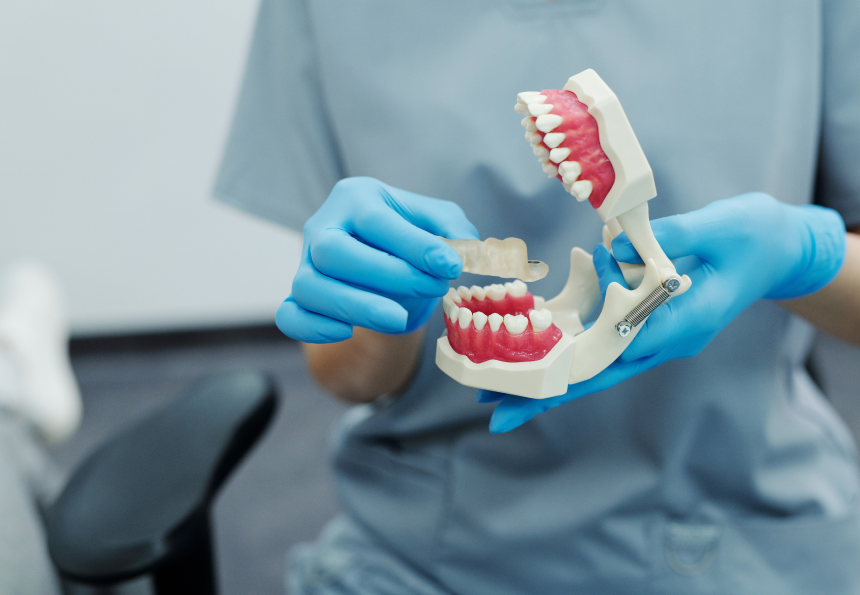Discover the Advantages of Veneers for Your Dream Smile in Washington DC
Discover the Advantages of Veneers for Your Dream Smile in Washington DC
Blog Article
Common Questions Regarding Oral Veneers Addressed
Oral veneers have actually become a progressively desired choice for those aiming to improve their smiles, yet many people remain unpredictable about various aspects of their use. Secret questions typically occur pertaining to the application process, durability, and potential risks linked with these cosmetic improvements. In addition, the distinction between porcelain and composite veneers can dramatically affect one's option. As we discover these typical queries, it ends up being necessary to consider not just the benefits but likewise the effects of choosing for dental veneers in quest of a more positive look. What factors should one consider before making such a choice?
What Are Dental Veneers?
Oral veneers are slim, custom-made shells crafted from porcelain or composite resin that are created to cover the front surface area of teeth. These oral prosthetics offer both practical and aesthetic purposes, offering an option for numerous oral imperfections, including discoloration, chips, spaces, and misalignment. By sticking to the teeth, veneers can significantly enhance the overall appearance of a smile, developing a more uniform and appealing look.
Porcelain veneers are especially preferred for their natural clarity and stain resistance, making them a suitable selection for individuals looking for resilient results. In contrast, composite resin veneers are typically more economical and can be used in a solitary visit, yet they might not provide the very same resilience as porcelain alternatives.
The choice to choose dental veneers typically comes from a desire for visual enhancement, however individuals must additionally consider aspects such as the long life of the product, upkeep demands, and the possible need for tooth decrease (Low Cost Veneers). Inevitably, dental veneers stand for a effective and flexible option for achieving a glowing smile, accommodating individual cosmetic requirements while promoting confidence and self-worth
Just How Are Veneers Applied?
The application procedure for veneers needs cautious preparation and precision to ensure ideal results. The procedure commonly begins with an extensive appointment, where the dental practitioner reviews the client's dental wellness, discusses wanted results, and identifies the proper sort of veneers, whether porcelain or composite material.
Once the therapy strategy is established, the dental expert prepares the teeth by removing a slim layer of enamel, normally about 0.5 mm to 1 mm, to fit the veneer. This step is critical as it makes sure a proper fit and stops the veneers from appearing cumbersome - Dental Veneers. After preparation, impressions of the teeth are required to create custom-made veneers that match the client's one-of-a-kind dental structure and visual choices
While the long-term veneers are being made in an oral lab, short-lived veneers may be positioned to shield the ready teeth. Once the long-term veneers are ready, the dental practitioner will meticulously bond them to the teeth using a solid oral adhesive. Final changes are made to make sure proper alignment and attack, followed by brightening for a natural appearance. The process finishes in a follow-up appointment to keep track of the veneers' fit and the individual's satisfaction with their brand-new smile.
What Are the Benefits?

Moreover, veneers are known for their longevity and resistance to discoloring contrasted to all-natural teeth. Made from high-grade materials such as porcelain or composite resin, they can preserve their appearance for many years with correct care. This durability makes them a sensible financial investment in one's dental look.
In addition to visual improvements, veneers can also add to boosted oral wellness. By covering harmed or weakened teeth, they can offer extra assistance and protection, helping to avoid additional degeneration or damage. This protective facet can lower the need for more extensive dental treatments in the future.

How Much Time Do They Last?
With appropriate care and maintenance, oral veneers can last anywhere from 10 to 15 years, making them a lasting option for improving one's smile. The durability of veneers mainly depends on the material used, the quality of the preliminary positioning, and the client's adherence to oral hygiene practices.
Porcelain veneers are known for their durability and resistance to discoloration, typically lasting closer to the 15-year mark when taken care useful link of properly. Composite veneers, while much more budget friendly, might need replacement faster, frequently within 5 to 10 years because of their vulnerability to wear and staining.

In addition, using a mouthguard during sports or nighttime can provide additional security. Ultimately, while veneers offer a significant visual improvement, their longevity is considerably influenced by the dedication to proper oral treatment and normal consultations with a dental specialist.
Exist Any Kind Of Threats?
Considering the transformative effects of oral veneers, it's vital to recognize the potential risks connected with their application. While veneers can boost the look of teeth, weblink the treatment includes the elimination of a thin layer of enamel, which can increase tooth level of sensitivity and susceptability to decay.
One substantial threat is the possibility of incorrect positioning or suitable, causing pain, bite misalignment, or perhaps damage to the underlying tooth structure. Furthermore, if the veneers are not preserved correctly, they can become blemished or cracked in time, demanding replacement.
Individuals may additionally experience sensitive responses to the products made use of in the veneers, specifically if they have level of sensitivities to specific oral compounds. While veneers are resilient, they are not unbreakable; too much pressure from squeezing or grinding can lead to cracks.
It is vital for patients to seek advice from with a certified dental expert to review their specific dangers and to comply with aftercare directions faithfully. By recognizing these dangers, people can make enlightened decisions regarding their oral veneer treatment and make certain the longevity and success of their enhancements.
Conclusion
In summary, oral veneers stand for an important cosmetic service for enhancing smiles, with considerations regarding their application, advantages, longevity, and linked risks. Their effectiveness is influenced by factors such as the choice of material, with porcelain offering premium longevity contrasted to composite options. Appropriate care and maintenance are important to optimize the life-span of veneers. Ultimately, informed decision-making relating to oral veneers can bring about acceptable visual end results and browse around these guys improved dental health.
Oral veneers are thin, custom-made shells crafted from porcelain or composite material that are made to cover the front surface of teeth. After prep work, perceptions of the teeth are taken to create customized veneers that match the person's special dental structure and visual choices.
While the permanent veneers are being made in a dental laboratory, short-term veneers may be positioned to safeguard the ready teeth. When the permanent veneers are ready, the dental practitioner will carefully bond them to the teeth utilizing a solid dental adhesive. Eventually, notified decision-making concerning oral veneers can lead to adequate visual end results and boosted oral wellness.
Report this page